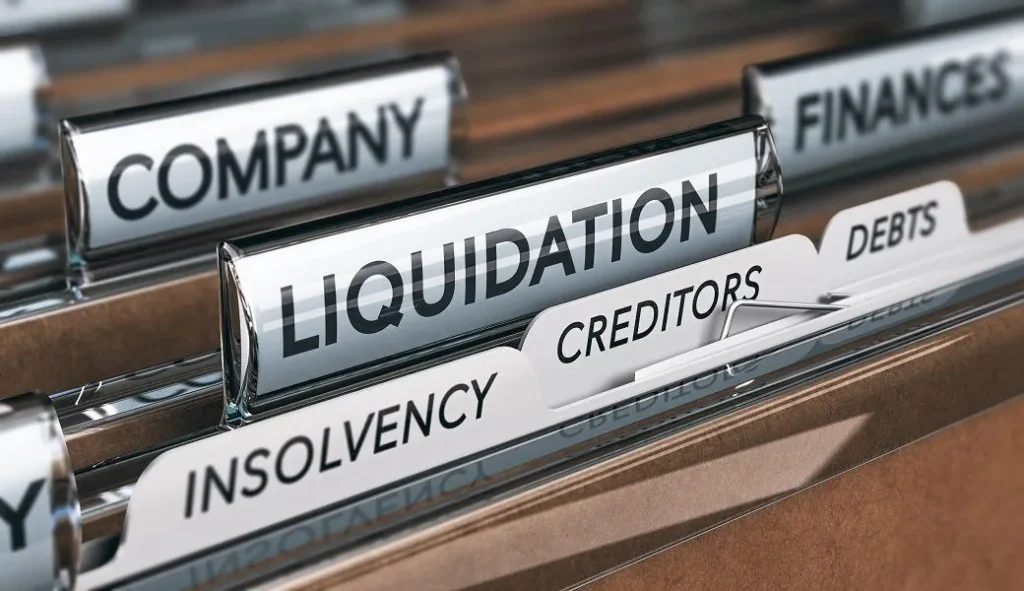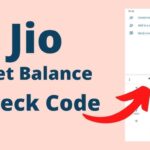When a business faces financial difficulties, one of the options available to its owners is voluntary insolvency. This process allows business owners to take control of their financial situation proactively rather than waiting for creditors to force a decision. Understanding voluntary insolvency is crucial for business owners to navigate tough financial times while minimizing damage and exploring possible recovery options.
What is Voluntary Insolvency?
Voluntary insolvency occurs when a company’s directors or business owners recognize that their business is unable to pay its debts as they fall due and decide to initiate insolvency proceedings themselves. Unlike involuntary insolvency, where creditors petition the court to declare a company insolvent, voluntary insolvency is a self-initiated process aimed at managing and resolving financial distress.
This decision is often seen as a responsible step because it allows business owners to address financial issues early, protect assets where possible, and create a structured approach to dealing with debts. It can help prevent further deterioration of the business’s financial health and provide a clearer path forward.
Why Business Owners Choose Voluntary Insolvency
Facing insolvency can be overwhelming, and business owners might hesitate to confront it head-on. However, opting for voluntary insolvency has several benefits:
- Control Over the Process: Business owners maintain control over how the insolvency process unfolds, including working with insolvency practitioners to develop repayment or restructuring plans.
- Mitigating Legal Risks: By acting voluntarily, owners reduce the risk of legal penalties or accusations of wrongful trading or mismanagement.
- Preserving Value: Early action may preserve more value for creditors, employees, and shareholders compared to forced liquidation.
- Opportunity for Rescue or Restructuring: Voluntary insolvency can open doors to restructuring agreements, business rescue options, or orderly wind-downs rather than abrupt closures.
Types of Voluntary Insolvency
Voluntary insolvency can take different forms depending on the business’s specific situation, the type of company, and jurisdiction. Some common pathways include:
Creditors’ Voluntary Liquidation
This is a formal process where the company’s directors voluntarily decide to wind up the business because it cannot continue trading profitably. The company appoints a licensed insolvency practitioner who manages the liquidation process, sells assets, and distributes proceeds to creditors according to legal priorities.
Voluntary Administration
Voluntary administration allows a company to be placed under the control of an independent administrator who assesses whether the company can be restructured, sold as a going concern, or liquidated. This process often provides a breathing space by temporarily halting creditor actions.
Company Voluntary Arrangement (CVA)
In some jurisdictions, a company voluntary arrangement enables a business to negotiate a binding agreement with creditors to repay debts over time, avoid liquidation, and continue trading. This option requires approval by creditors and supervision by an insolvency practitioner.
Signs That Indicate a Business May Need Voluntary Insolvency
Recognizing early warning signs can save business owners from deeper financial problems. These indicators often point to the need to consider voluntary insolvency:
- Persistent cash flow shortages making it impossible to meet day-to-day expenses
- Mounting unpaid bills and overdue creditor accounts
- Difficulty in securing additional financing or credit lines
- Legal threats or actions by creditors seeking repayment
- Deteriorating profitability despite cost-cutting efforts
- Loss of key clients or contracts impacting revenue streams
- Negative financial forecasts indicating unsustainable debt levels
The Process of Voluntary Insolvency
Once business owners decide to pursue voluntary insolvency, they generally follow these key steps:
Consultation with Professionals
The first step is to seek advice from qualified insolvency practitioners, accountants, or legal advisors. These professionals can assess the business’s financial health, explain available options, and recommend the best course of action.
Board Decision and Resolution
The company’s board of directors or owners formally agree to initiate the insolvency process. This may involve passing resolutions to appoint an insolvency practitioner or administrator.
Notification to Creditors
Depending on the process chosen, creditors are notified about the company’s insolvency status and any upcoming meetings. Transparency is important to maintain trust and comply with legal requirements.
Asset and Liability Assessment
The insolvency practitioner reviews the company’s assets, liabilities, and contracts. This assessment determines the funds available for creditor payments and identifies potential restructuring opportunities.
Implementation of Insolvency Plan
Whether it’s liquidation, administration, or a voluntary arrangement, the agreed plan is executed under professional supervision. Assets may be sold, debts renegotiated, or the business restructured.
Final Reporting and Closure
At the end of the insolvency process, the practitioner prepares final reports detailing outcomes for creditors, shareholders, and regulatory bodies. The company may be dissolved or emerge restructured.
Impact on Business Owners and Creditors
Voluntary insolvency affects business owners and creditors in different ways:
- Business Owners: They may face restrictions on their ability to trade, personal guarantees on loans may be called in, and reputational damage can occur. However, taking voluntary steps often improves their standing with creditors and courts.
- Creditors: Creditors may have to accept partial repayments or delayed settlements. However, voluntary insolvency can maximize recoveries compared to forced liquidation and offers a structured communication channel.
Common Misconceptions About Voluntary Insolvency
Many business owners hesitate to consider voluntary insolvency due to misunderstandings such as:
- It means business failure: Voluntary insolvency is a tool to manage financial distress and can sometimes lead to business recovery.
- It’s a sign of personal incompetence: Insolvency can happen due to market changes, economic downturns, or unforeseen circumstances beyond owners’ control.
- It always results in personal bankruptcy: For limited liability companies, business debts do not automatically transfer to owners unless personal guarantees are involved.
How to Prepare for Voluntary Insolvency
Preparation can make the voluntary insolvency process smoother and less stressful. Business owners should:
- Maintain accurate and up-to-date financial records
- Communicate openly with key creditors and stakeholders
- Review contracts and obligations to understand legal exposure
- Seek early professional advice before financial troubles escalate
- Explore all alternative options including refinancing, asset sales, or mergers
Conclusion
Voluntary insolvency is a critical option for business owners facing financial difficulties. By understanding the process, benefits, and implications, owners can take proactive steps to manage insolvency effectively. Whether through liquidation, administration, or arrangements with creditors, voluntary insolvency provides a structured approach to protect value and potentially revive the business. Business owners who approach voluntary insolvency thoughtfully and with professional guidance improve their chances of navigating financial challenges with greater confidence and control.


